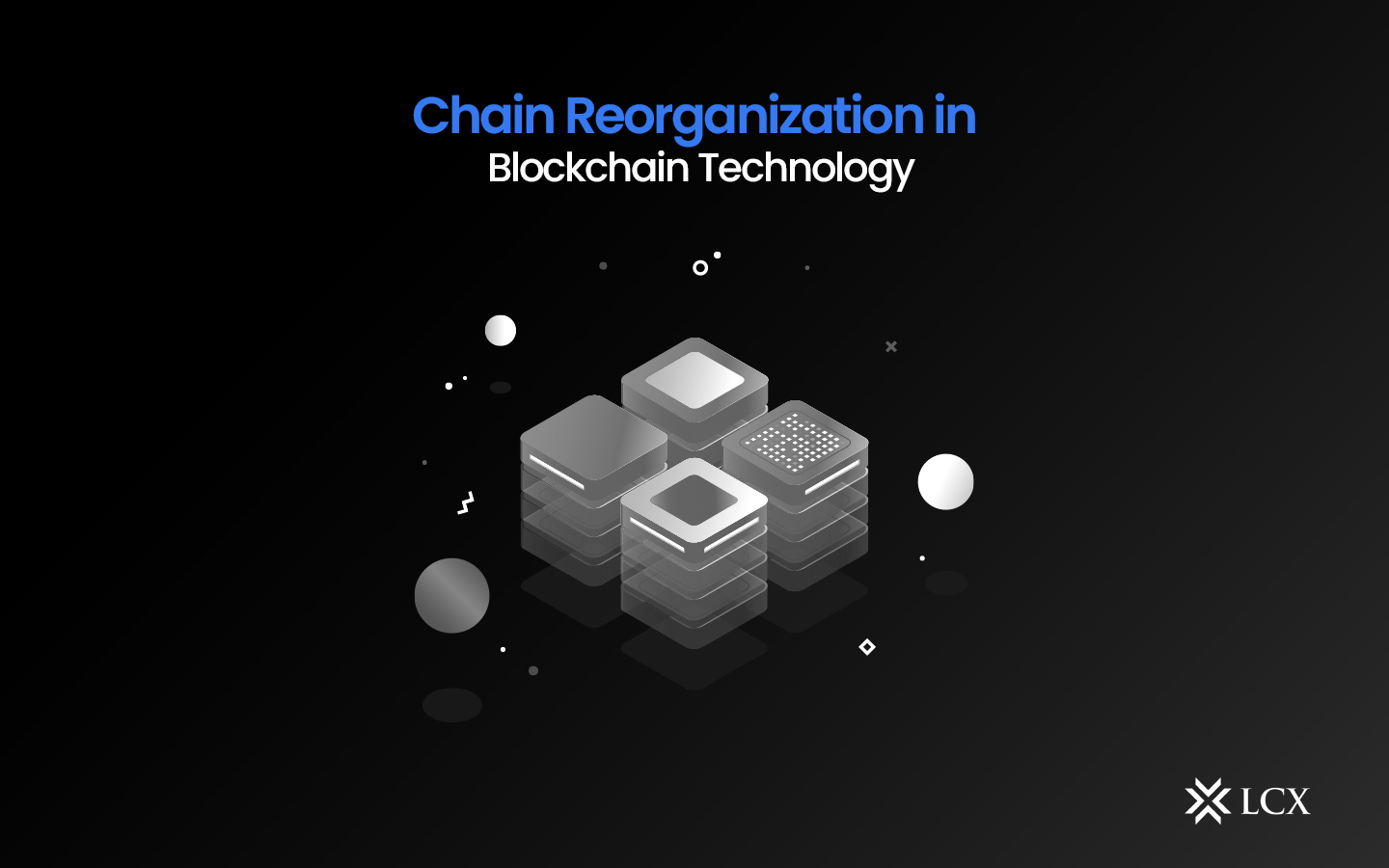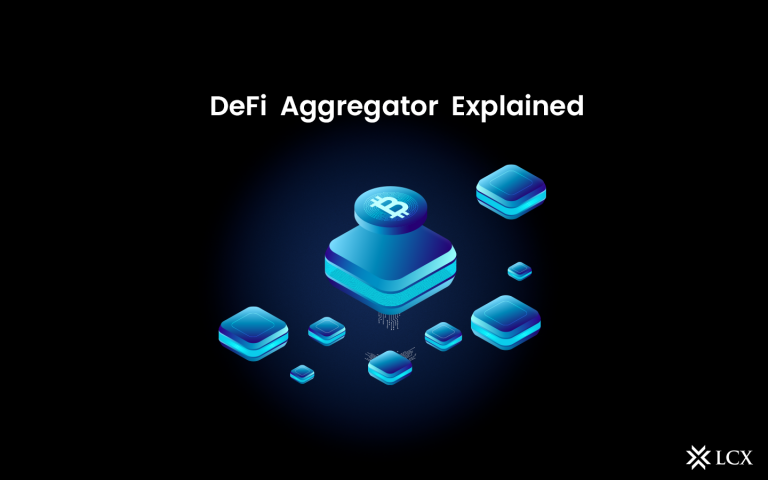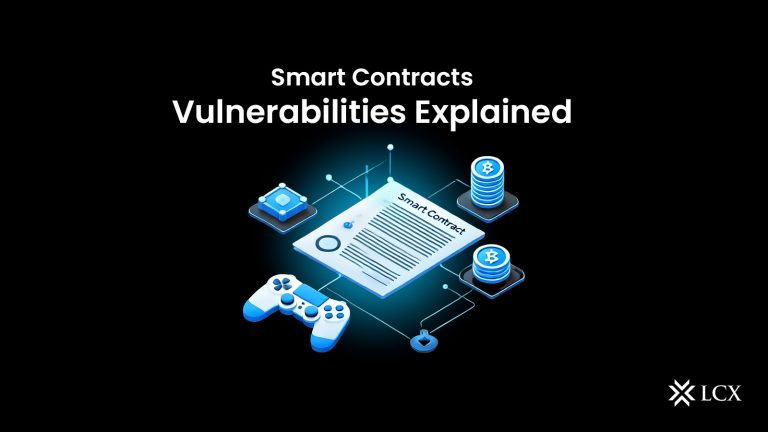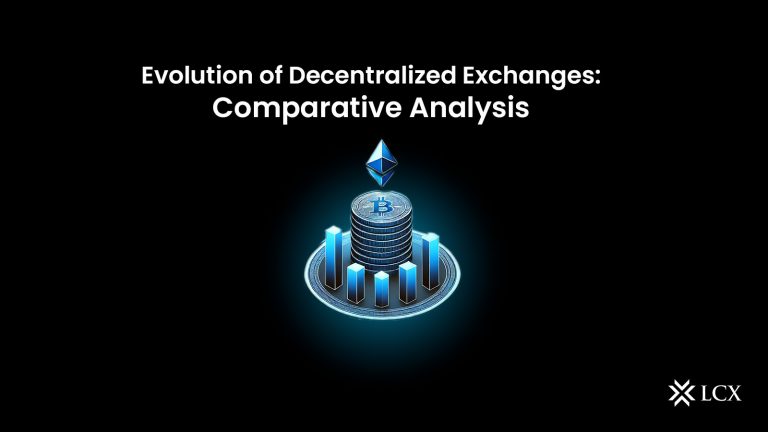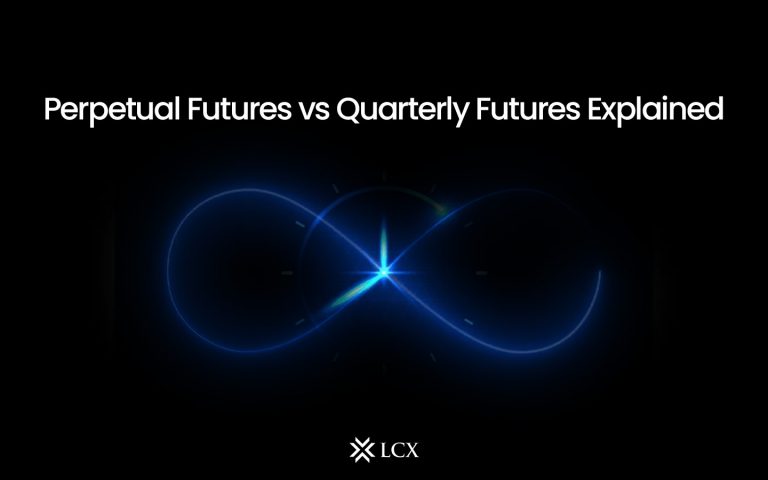Blockchain technology has emerged as a transformative force, disrupting industries and revolutionizing traditional systems of record-keeping. Blockchain technology is a sophisticated system of interconnected processes that ensures the secure storage and distribution of data among node administrators. Any active replica of the distributed ledger, or blockchain, is a node. Nodes must maintain their copies of the blockchain in order to effectively verify transactions, which is where chain reorganization comes into play.
Each blockchain consists of numerous interconnected nodes that constitute a distributed ledger. Each block is composed of tens of thousands of individually processed transactions. In addition, as the blockchain evolves, a growing number of transactions are carried out, elongating the chain of blocks. During the chain reorganization process, a node will deactivate blocks in its previous longest chain in order to add the newest blocks, which serve as the foundation for the new longest chain.
What Is Chain Reorganization?
Chain reorganization, also known as blockchain reorganization or chain rollback, refers to a situation where a valid block or a series of blocks are replaced by an alternative set of blocks in a blockchain. This process results in the modification of the blockchain’s transaction history and potentially alters the final state of the ledger.
A reorganization occurs when a block is removed from the blockchain to make room for a longer chain. Blockchain, despite its potential, is besieged by obstacles. For instance, block conflict is currently the most prevalent blockchain defect, meaning that a blockchain fork can occur if two blocks are published nearly simultaneously.
The current method of conflict resolution is founded on the Longest Chain Rule (LCR), which states that if multiple blocks are present, the longest chain should be considered valid. This indicates that each node adheres to the protocol requirement of endeavoring to extend only the most extended branch of which it is aware. Because transactions on the incorrect side of the fork would be restructured into new blocks, this rule causes a small number of transactions on the incorrect side of the fork to be delayed, resulting in a reorganization of the blockchain.
It is possible with livelier blockchains like Bitcoin and Ethereum, where nodes can generate a new block simultaneously and in the same location. Each node updates its copy of the ledger; if this occurs, the node that generated the shorter follow-up chain reorganizes the chain. In essence, chain rearrangement ensures that all node operators have the same distributed ledger copy.
Causes of Chain Reorganization
- Network Forks: Chain reorganization is primarily triggered by network forks, which occur when multiple miners or validators find valid blocks at approximately the same time. This leads to the creation of competing chains. Once one chain becomes longer, it becomes the dominant chain, and the alternative chain is discarded. However, if the competing chains have similar lengths, a chain reorganization event may occur.
- Consensus Protocol Updates: It can also be caused by changes in the consensus protocol governing the blockchain network. When an upgrade or a hard fork is implemented, it may introduce new rules, altering the validation process. If a substantial portion of the network adopts the new protocol, it can result in chain reorganization as the network transitions to the updated rules
Implications of Chain Reorganization
Double Spending: One of the most significant concerns associated with chain reorganization is the potential for double-spending. Double spending refers to the act of spending the same digital asset more than once. During the process, if a transaction is reversed or removed from the main chain, an attacker could exploit this temporary inconsistency and attempt to spend the same digital asset again, leading to fraudulent transactions.
Transaction Confirmation Delays: Chain reorganizations can cause temporary delays in transaction confirmations. When a this event occurs, transactions included in the alternative blocks may need to be confirmed again. This can result in increased waiting times for users, especially for those who rely on fast and secure transaction confirmations.
Confidence and Trust: Chain reorganizations can undermine the confidence and trust of users in a blockchain network. The modification of the blockchain’s transaction history can raise doubts about the integrity and reliability of the system, especially if this occur frequently or involve a significant number of blocks.
How to Mitigate Chain Reorganization
Confirming Multiple Blocks: Miners and validators can mitigate the risk of chain reorganization by waiting for several subsequent blocks to be added on top of a newly mined block before considering it confirmed. The more blocks added, the less likely it is that a chain reorganization will occur. This approach helps to increase the security and stability of the blockchain network.
Consensus Algorithm Enhancements: Blockchain networks can implement consensus algorithm enhancements to reduce the occurrence of it. For example, the introduction of protocols such as Ghost (Greedy Heaviest-Observed Sub-Tree) and Casper aims to increase the efficiency and finality of block selection, thereby minimizing the chances of chain reorganizations.
Network Synchronization and Communication: Improving network synchronization and communication protocols can help reduce the occurrence of it. By ensuring that nodes are updated with the latest block information and have a clear picture of the network’s state, the likelihood of competing chains and subsequent reorganizations can be minimized.
Conclusion
Chain reorganization is an inherent risk in blockchain technology that can occur due to network forks or consensus protocol updates. While it poses challenges such as double spending and transaction delays, it is important to note that chain reorganizations are relatively rare in mature and well-established blockchain networks. Furthermore, mitigation strategies, including confirming multiple blocks and implementing consensus algorithm enhancements, can help reduce the occurrence and impact of chain reorganization events. By understanding it and its implications, blockchain developers, miners, and users can make informed decisions to enhance the security and reliability of blockchain networks, paving the way for a more robust and trustworthy decentralized future.
